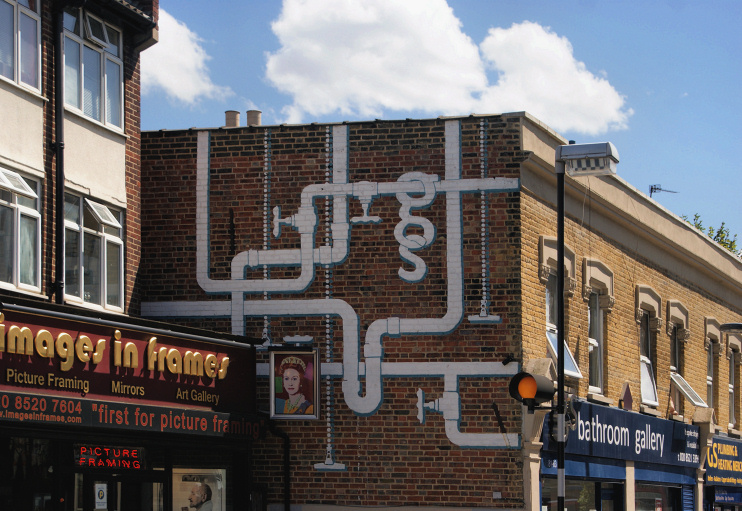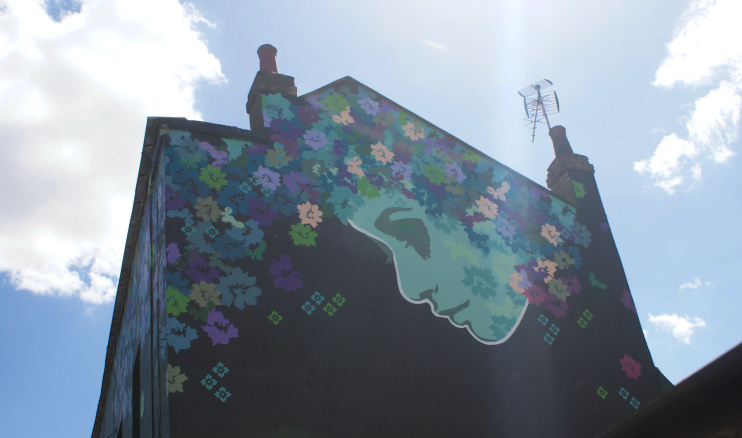Wood Street
Wood Street, Waltham Forest
An impressively improved commercial thoroughfare in Upper Walthamstow, north of Whipps Cross

A small linear settlement was established here by the seventh century, one of the four that later formed the parish of Walthamstow. At the time of Domesday Book, Wood Street’s farms were arable but they later converted to dairy production and market gardening for the London market.
From the 17th century several large houses were built on the outskirts of the hamlet. The Clock House, completed in 1706, was the home of Sir Jacob Jacobson, a prosperous Dutch merchant.
Wood Street remained rural and a separate settlement until the mid-19th century, after which speculative builders began to lay out a series of two-storey terraced houses that soon joined it with Walthamstow. The process received a boost from the opening of the railway station in 1873, which offered early workmen’s fares on the line into Liverpool Street.
Many residents lived in reduced circumstances and the Wood Street Philanthropic Society distributed free soup during the winters of the early 20th century.
Wood Street had two film production studios; one operated from 1914 until 1932, at first making silent movies and then talkies, some with big budgets and well-known actors.
Much of the locality was rebuilt in the 1930s and several factories were established in the vicinity, one of which replaced the major film studio. Hawker Siddeley manufactured transformers at its Fulbourne Road site from the early 1930s until 2003. At one time Wood Street station was intended to be the terminus of the Victoria Line, but at a late stage this was switched to Hoe Street, now Walthamstow Central.

The former Crown cinema has served as an indoor market for over 30 years. In 2012 it was radically refurbished and now boasts around 25 little units selling clothing, antiques, collectables and various arts and crafts.
More recently, Wood Street and neighbouring roads have been beautifully enhanced by some excellent street art in a project called Wood Street Walls (as shown in the pictures on this page) and a scheme called We are Wood Street has done great work promoting the locality’s independent shops and cafés.
According to the 2011 census, just under half the population of Wood Street ward is white (down from almost two-thirds in 2001) and there is a broad spread of other ethnic groups, of whom the most numerous are of Indian, black African and black Caribbean birth or descent. Council tenants make up a relatively large percentage of the population.
The Wood Street Walk was an annual eight-mile run sponsored, from 1920, by the owner of a local café. It was open to anyone living within a mile-and-a-half of Wood Street and the first prize was a Christmas dinner with all the trimmings. There have been occasional attempts to revive the event since the 1950s but, as the authors of Wood Street’s history point out, the London Marathon now seems to have greater appeal.
